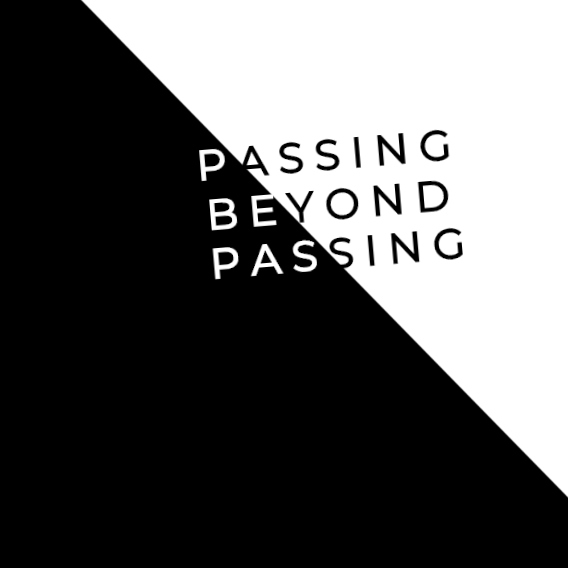 For years, racial classification in America was determined – for African Americans – on the basis of hypodescent or the “one drop” rule. The hypodescent rule meant that any degree of African ancestry was sufficient to classify the person as “Negro” or “Black.”
For years, racial classification in America was determined – for African Americans – on the basis of hypodescent or the “one drop” rule. The hypodescent rule meant that any degree of African ancestry was sufficient to classify the person as “Negro” or “Black.”
Attempts to precisely define degrees of racial intermixture were expressed through commonly used terms until the 1940s. The offensive descriptors mulatto (one half black), quadroon (one-fourth), octoroon (one-eighth) quintroon (one-fifteenth) and mustee (one sixteenth) were all in regular usage. It has been estimated that at least three-fourths of all people defined as “black” or African American have some white ancestry. Hypodescent had implications of racial purity. The widely held belief was that anyone unable to pass for white – in the context of the U.S. racial hierarchy – was assigned the lower status of being non-white or Colored.
In her seminal essay “Whiteness as Property,” critical race theorist Cheryl Harris says that “following slavery whiteness became the basis of racialized privilege – a type of status in which racial categories provided the foundation for the allocation societal benefits.” Indeed, this was true during slavery as well. The exploitation of black labor was accomplished by treating black people themselves as objects of property. Race and property were conflated by establishing a form of possession and ownership contingent on whiteness. Black people could not own property, not even themselves. There were well-known economic and political advantages of the hypodescent rule for the ruling class.
During slavery, in particular, it had the practical benefit of maximizing the number of useful slaves and minimizing the number of citizens entitled to economic benefits and legal protections. Even after Reconstruction, the “color line” became a line of protection from the potential threat of exploitation and commodification.
Anti-Native American and anti-Chinese racism took similar forms. English settler attitudes toward Native Americans had an early parallel in fourteenth-century European relations to the Irish. The English regarded the Irish as “wild” and culturally inferior to themselves. Today, we know that race as biology simply doesn’t hold up as a factual. For more information and ethno-biological discussions of this subject, please watch Race: the Power of an Illusion.
